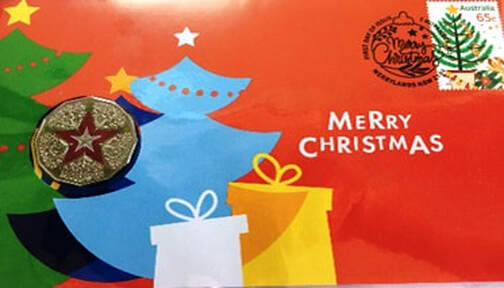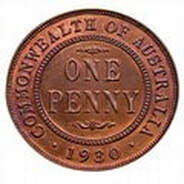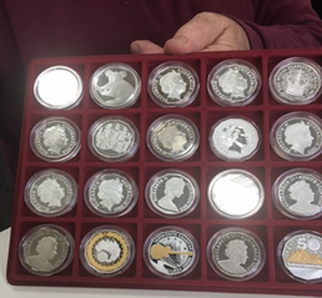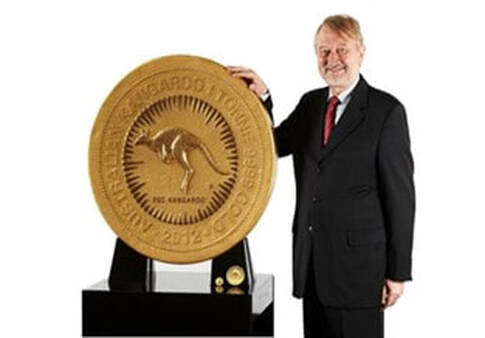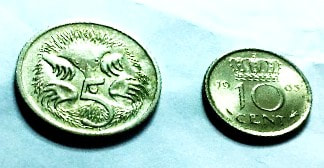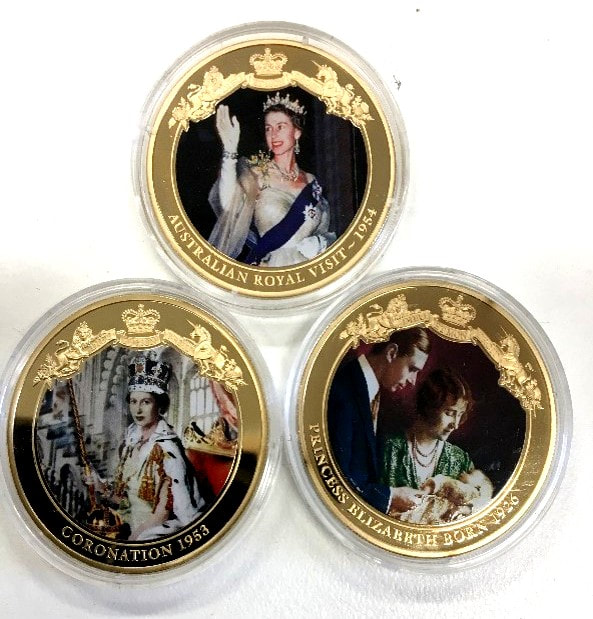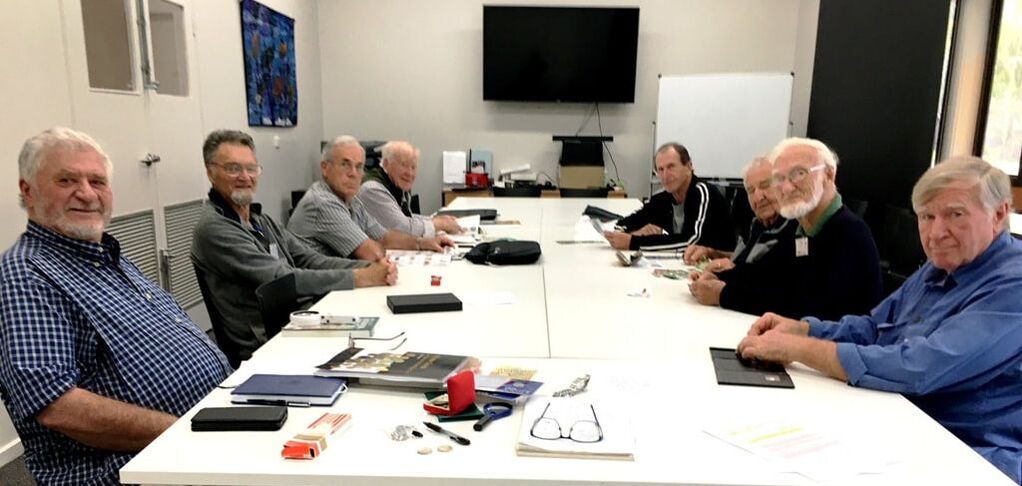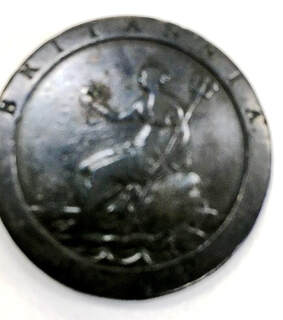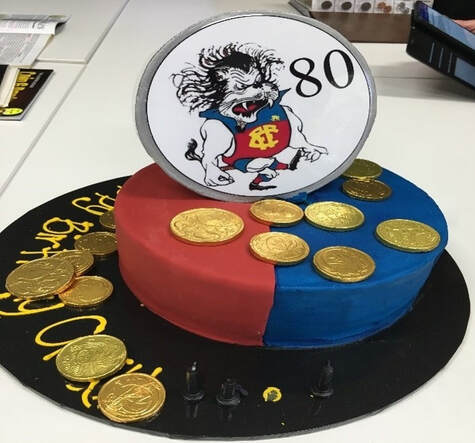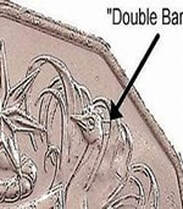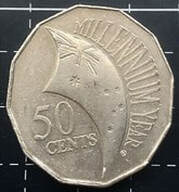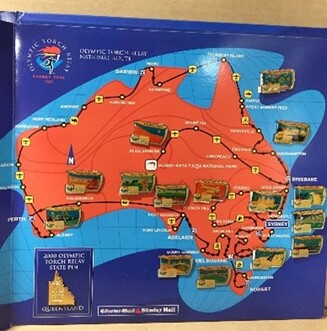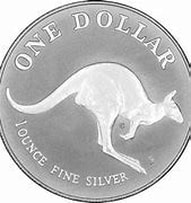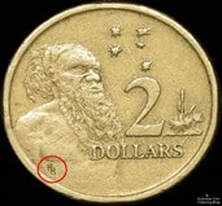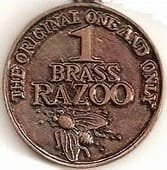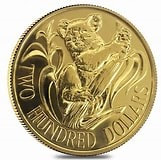Coin collectors attracts people with varying interests in coins. Our new members have had coin collections left to them and are generally wanting to know more about their value and uniqueness.
Our Show and Tell segment is always of interest as new purchases are tabled. Of particular interest was the presentation of Australian half and full sovereigns dated in the depression years of the 1920s. These belonged to our member’s father who worked/toured abroad and had the coins sewn into his clothing for safe keeping by his mother.
I have also introduced the group to a YouTube site (Google – “100 coin channels”). This an excellent site where there are 100 channels devoted to coin and collecting and include most world coinage. The channels I find most informative regarding Australian Coins include:-
Jags Rocks: Gumardee Coins: Coin Collecting and Detecting: PJ Coin Capers:
Phil's Finds and Collections: Australia Coins: Perth Mint.
Our group watched a number of YouTube videos on the “Coin Collecting and Detecting” channel. This site provides short videos of generally no longer than 3 minutes and is both informative and entertaining for group participation.
New members were shown how to identify coins using a free app on their phone called Coinoscope. This app takes a photo of your coin and then gives a range of possible origins matching to the coin photographed.
In coming months new members have been encouraged to bring along their coin bags for a group activity called Noodling. This where the coins are placed on a table and spread out to be looked over by members for interesting finds.
Members were alerted to watch out for the new King Charles III coins now in general circulation.
The Benalla Post Office also carries a regular range of newly issued coins from the Royal Australian Mint,. It’s worth popping in to have a look.
Happy noodling
Doug Smith

